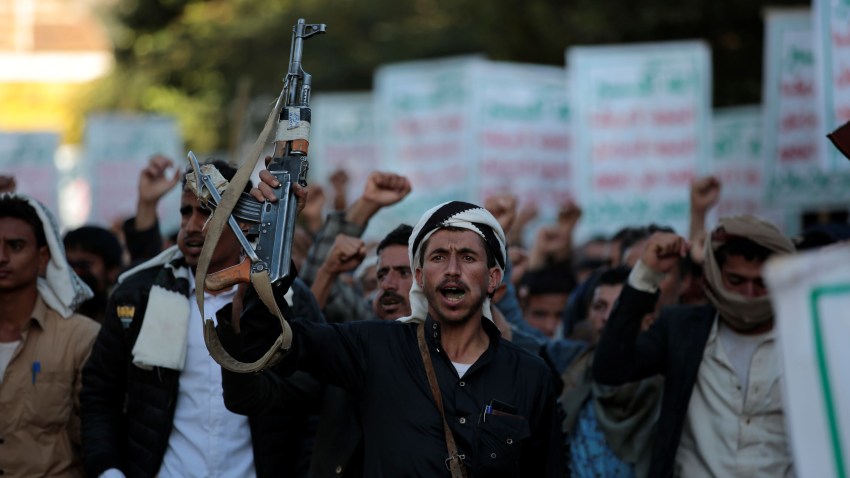For the past year, Yemen has been in an anxious state of limbo. Its messy, regionalized conflict, which pits fractious government forces backed by Saudi Arabia and the United Arab Emirates against the Iran-aligned Houthi movement, is on hold but unresolved. And that’s unlikely to change—for the better, at least—soon. Even if Saudi Arabia and the Houthis agree to a formal cease-fire in the coming weeks or months, the country will remain stuck in the liminal space Yemenis call “no war, no peace” for some time to come.
In Limbo
The limbo is as much the product of a mutually hurting stalemate and the misaligned expectations of the Houthis and Saudi Arabia, as it is of shifting regional dynamics and priorities. Having made a series of military gains in late 2021, the Houthis closed in on Marib, the capital of the oil-rich governorate of the same name, one of the internationally recognized government’s last strongholds in northern Yemen. But in January 2022, they were pushed back and hemmed in by rival UAE-backed forces. After responding with a barrage of missile and drone strikes on Saudi Arabia and the UAE, the Houthis agreed to Omani-mediated cease-fire talks with Saudi Arabia.
By that point, Saudi officials had already decided it was time to extricate themselves from a conflict they had thought would last weeks when they intervened to prevent a complete Houthi takeover of Yemen in March 2015. Seven years later, Riyadh saw no pathway to military victory. Having despaired of its Yemeni allies, it was also at odds with its ostensible coalition partner the UAE. It now wanted to shift domestic resources and international attention away from Yemen to its domestic economic development and diversification plan, Vision 2030.

